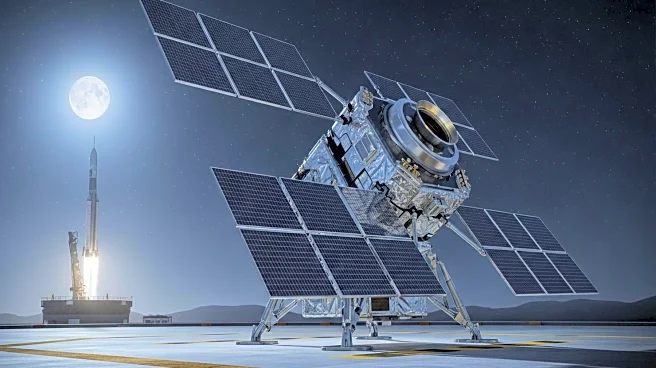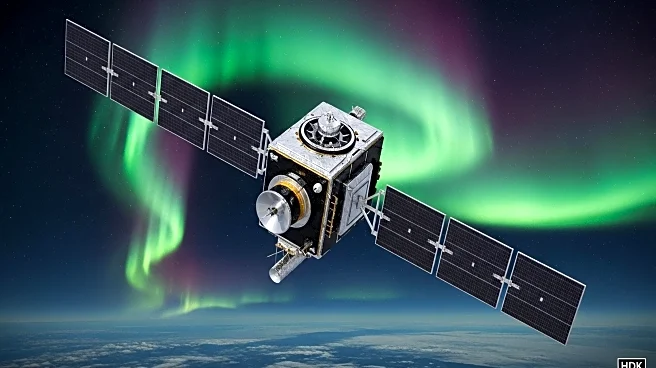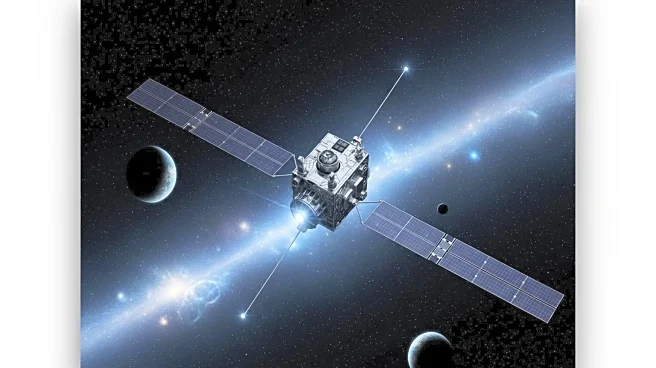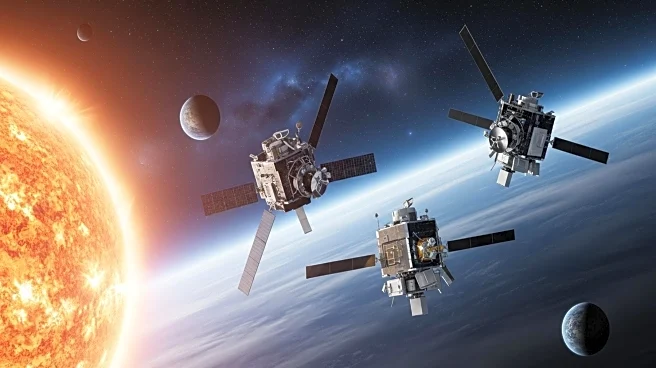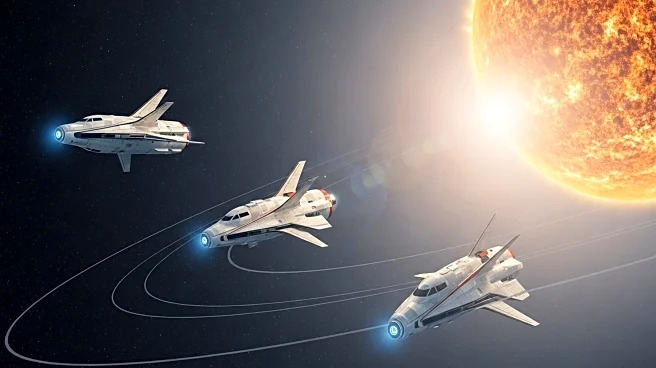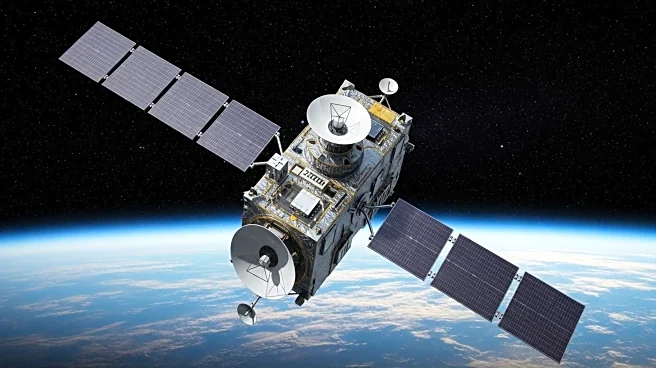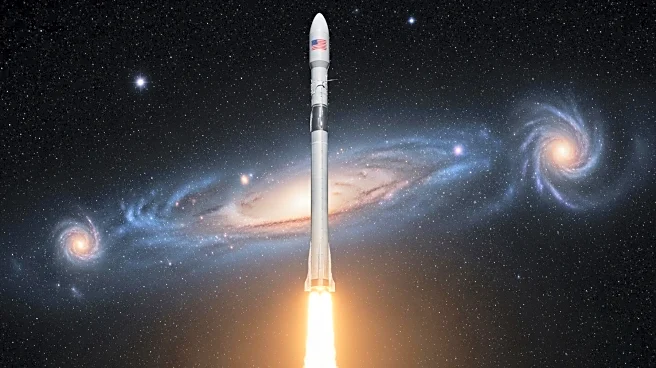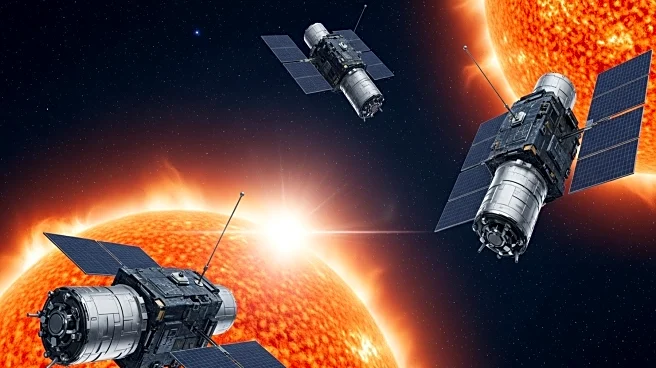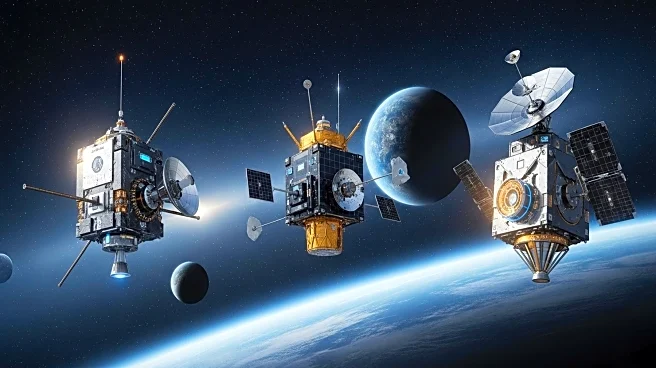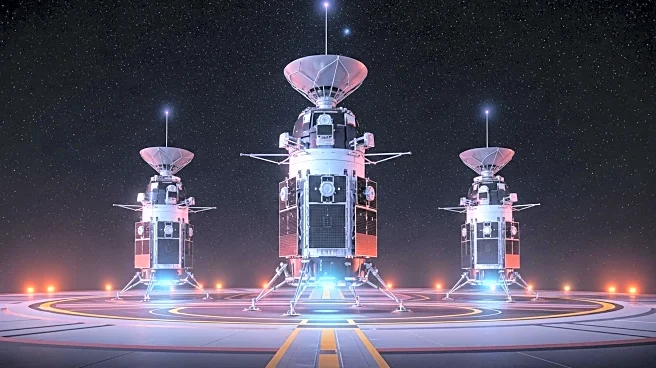What's Happening?
The SpaceX Falcon 9 rocket is currently in its coast phase, lasting approximately 40 minutes before its second stage ignites for a brief burn to place payloads on their correct trajectory. The IMAP (Interstellar Mapping and Acceleration Probe) observatory will soon separate from the rocket. IMAP's mission is to map the boundaries of the heliosphere and investigate its interaction with interstellar space. It will provide near-real-time observations of solar wind and energetic particles, which can pose risks to spacecraft and other NASA hardware.
Why It's Important?
The IMAP mission is crucial for understanding the heliosphere, a protective bubble formed by the Sun's wind that surrounds the solar system. By mapping its boundaries, scientists can gain insights into how solar and interstellar particles interact, which is vital for space exploration and protecting technology from space weather hazards. The mission supports NASA's broader goals under the Artemis campaign, as understanding space weather is essential for future lunar and deep space missions.
What's Next?
Following the coast phase, IMAP will begin its scientific observations, contributing valuable data on the heliosphere and space weather conditions. The mission's findings will aid in developing strategies to mitigate risks posed by solar activity, enhancing the safety and reliability of space missions. Continued collaboration with NOAA's SWFO-L1 mission will provide comprehensive monitoring of space weather impacts on Earth.
Beyond the Headlines
IMAP's mission represents a significant advancement in heliophysics, offering a deeper understanding of the solar system's protective boundaries. The collaboration between NASA and NOAA highlights the importance of interagency efforts in addressing space weather challenges. The mission's success could lead to improved predictive models for space weather, benefiting both scientific research and practical applications in space exploration.

